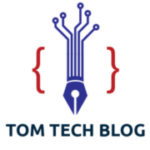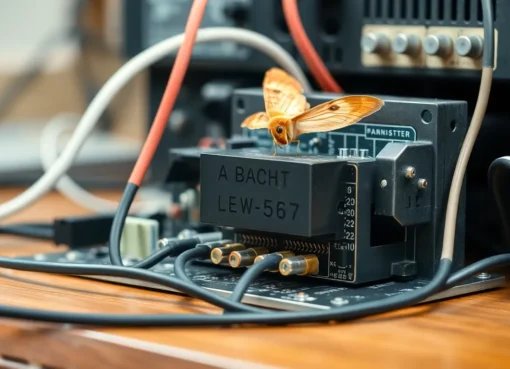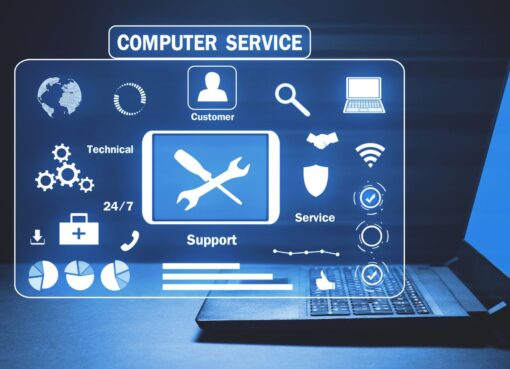Facial Recognition in Video Redaction: How It Works and Why It Matters
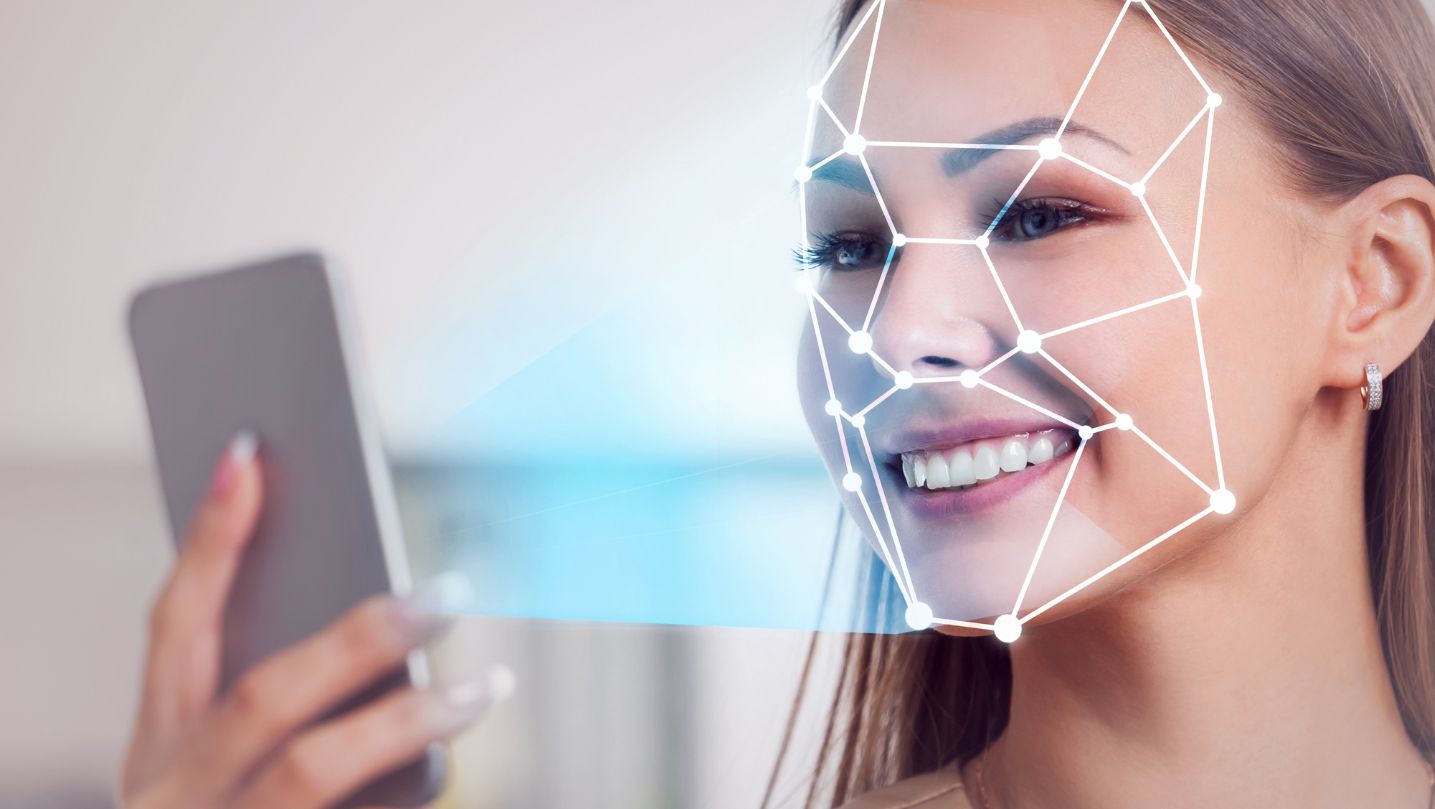
Video redaction is a crucial tool in today’s digital world, ensuring privacy and compliance with data protection laws. Whether it’s CCTV footage, police body cams, or corporate surveillance, organisations must blur or obscure faces to protect identities. Traditionally, this was a manual process—slow, tedious, and prone to human error.
Enter facial recognition. This AI-powered technology is transforming video redaction by automating the process, making it faster, more efficient, and highly accurate. But how does it work, and why does it matter? Let’s break it down.
How Facial Recognition Works in Video Redaction
Facial recognition in video redaction typically follows three main steps:
1. Face Detection
The software scans each frame of a video to detect faces. Advanced AI models can distinguish human faces from objects, even in crowded or low-light environments.
2. Face Tracking
Once a face is detected, the software tracks its movement across multiple frames, ensuring continuous and accurate redaction. This prevents the risk of missing a face in fast-moving footage.
3. Automated Redaction
After identifying and tracking faces, the software applies redaction techniques such as blurring, pixelation, or masking to obscure identities. Users can also set parameters, like redacting all faces or only specific ones.
This process significantly reduces the time and effort needed for video redaction while maintaining accuracy. Learn more about facial recognition in policing by visiting the link.
Benefits of Facial Recognition in Video Redaction
Why is facial recognition becoming the go-to solution for video redaction? Here are some of the key benefits:
Efficiency – AI-powered redaction is much faster than manual methods, processing hours of footage in minutes.
Accuracy – Advanced facial recognition reduces human error, ensuring that no face is missed.
Scalability – Whether it’s a short video clip or a massive archive of footage, automated redaction can handle large-scale tasks seamlessly.
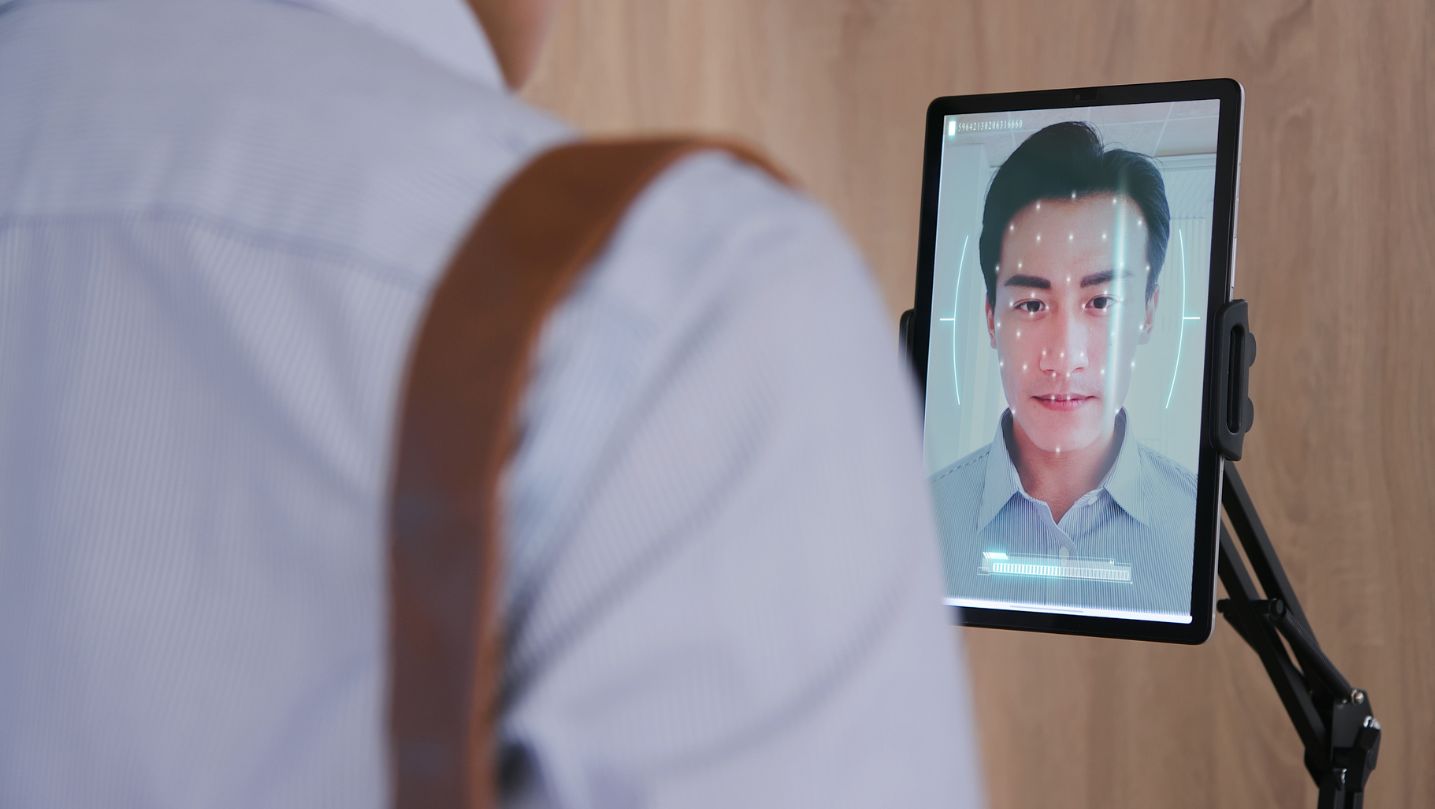
Compliance – With laws like GDPR (General Data Protection Regulation) and HIPAA (Health Insurance Portability and Accountability Act) requiring personal data protection, automated video redaction helps organisations stay compliant.
Industries Using Facial Recognition for Video Redaction
Facial recognition in video redaction is widely used across multiple industries, including:
Law Enforcement – Police body cam footage often contains sensitive information. Automated redaction helps protect victims, minors, and bystanders while maintaining transparency.
Healthcare – Hospitals and medical institutions use video redaction to ensure patient privacy in surveillance and research footage.
Retail & Corporate Security – Businesses with surveillance systems use redaction to comply with privacy laws while still maintaining security.
These industries demonstrate the growing need for efficient and reliable video redaction solutions.
The Future of Facial Recognition in Video Redaction
As AI continues to advance, we can expect facial recognition to become even more accurate and efficient. Future improvements may include:
Better Accuracy – Enhanced machine learning algorithms will reduce errors in detecting and redacting faces.
Stronger Regulations – Governments will likely implement clearer guidelines for ethical AI use.
Wider Adoption – As technology becomes more affordable, more businesses and organisations will integrate automated video redaction into their workflows.
With privacy concerns at an all-time high, facial recognition in video redaction will play a vital role in protecting identities while maintaining security.
How to Know You Have Found Unreliable Redaction Software
Are you worried that you’re going to depend on unreliable redaction software? Indeed, this is a concern for many businesses that are looking to improve their productivity and make sure their reputation is protected. Choosing the wrong software can mean that you’re leaving yourself vulnerable to lawsuits and you can be wasting your money. Thankfully, there are some easy ways to spot an untrustworthy provider of redaction software. Let’s take a look at how you’ll know you’ve found one on the internet.
No Listed Clients
Experienced redaction software providers are going to work with big companies. In other words, they’ll give their products to organizations you’ve heard of before and will namedrop. However, if you come across a provider that has no listed clients or case studies, this could be a red flag. It could mean that no companies want to recommend them or that they’ve had a lack of clients in the first place.
No Accuracy Rate
You need to know that you can depend on redaction software. After all, you’re relying on it to protect your reputation and to avoid difficult legal situations.
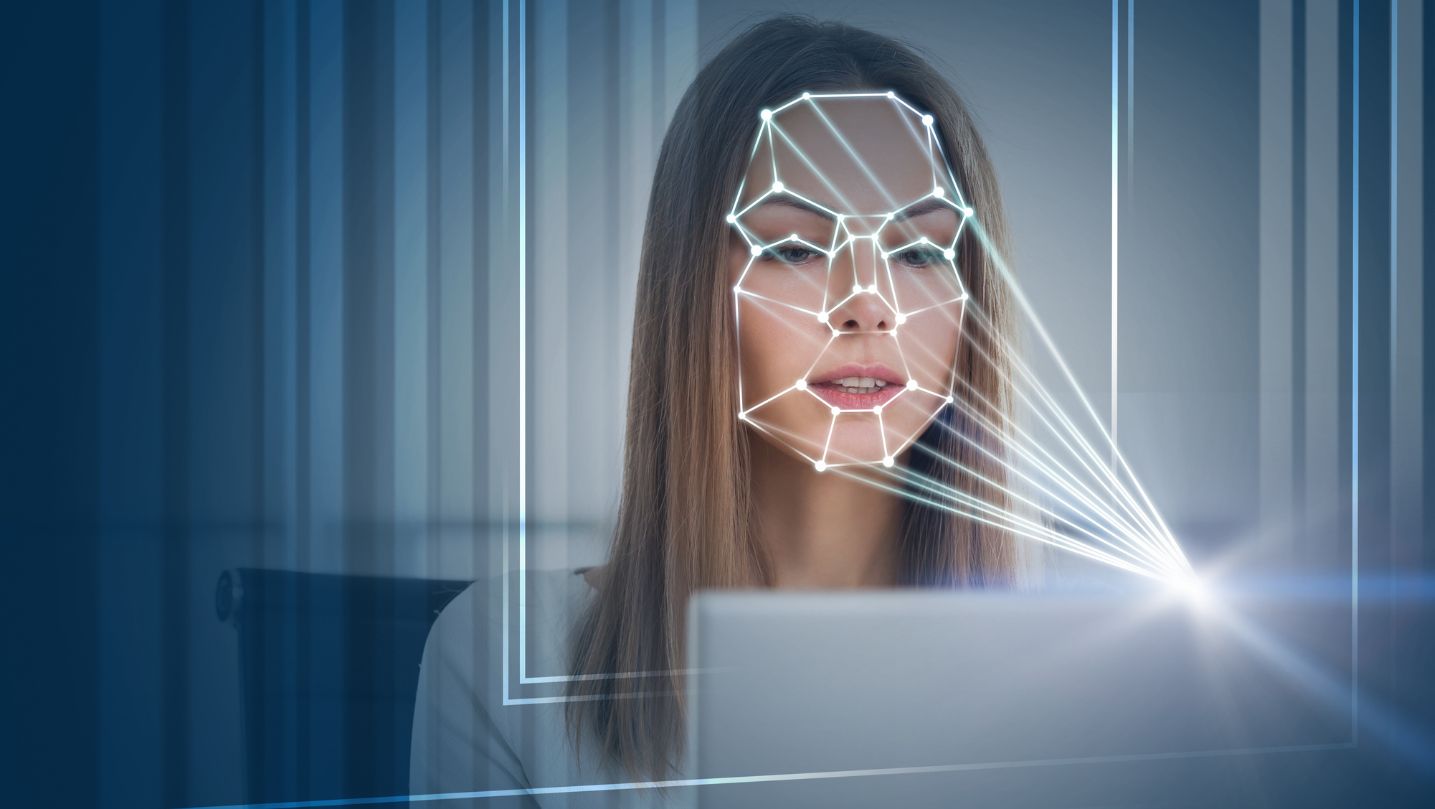
So, you always need to know the accuracy rate. Indeed, trustworthy companies invest a lot in their technology, which means they have high accuracy rates. However, if a provider doesn’t want to give you an accuracy rate, this could indicate they have something to hide.
No Good Analysis
It doesn’t matter what you’re purchasing, whether it’s for personal or professional use, you should always read the reviews. If the software is unreliable, other customers are going to advise you on this. Therefore, if there are no good reviews, take this as a sign the provider can’t be trusted.
Conclusion
Facial recognition has revolutionised video redaction, making it faster, more accurate, and easier to scale. From law enforcement to corporate security, industries are embracing AI-driven solutions to meet legal requirements and protect personal privacy.
However, ethical concerns and regulatory challenges remain, making it essential to strike the right balance between security and privacy.
